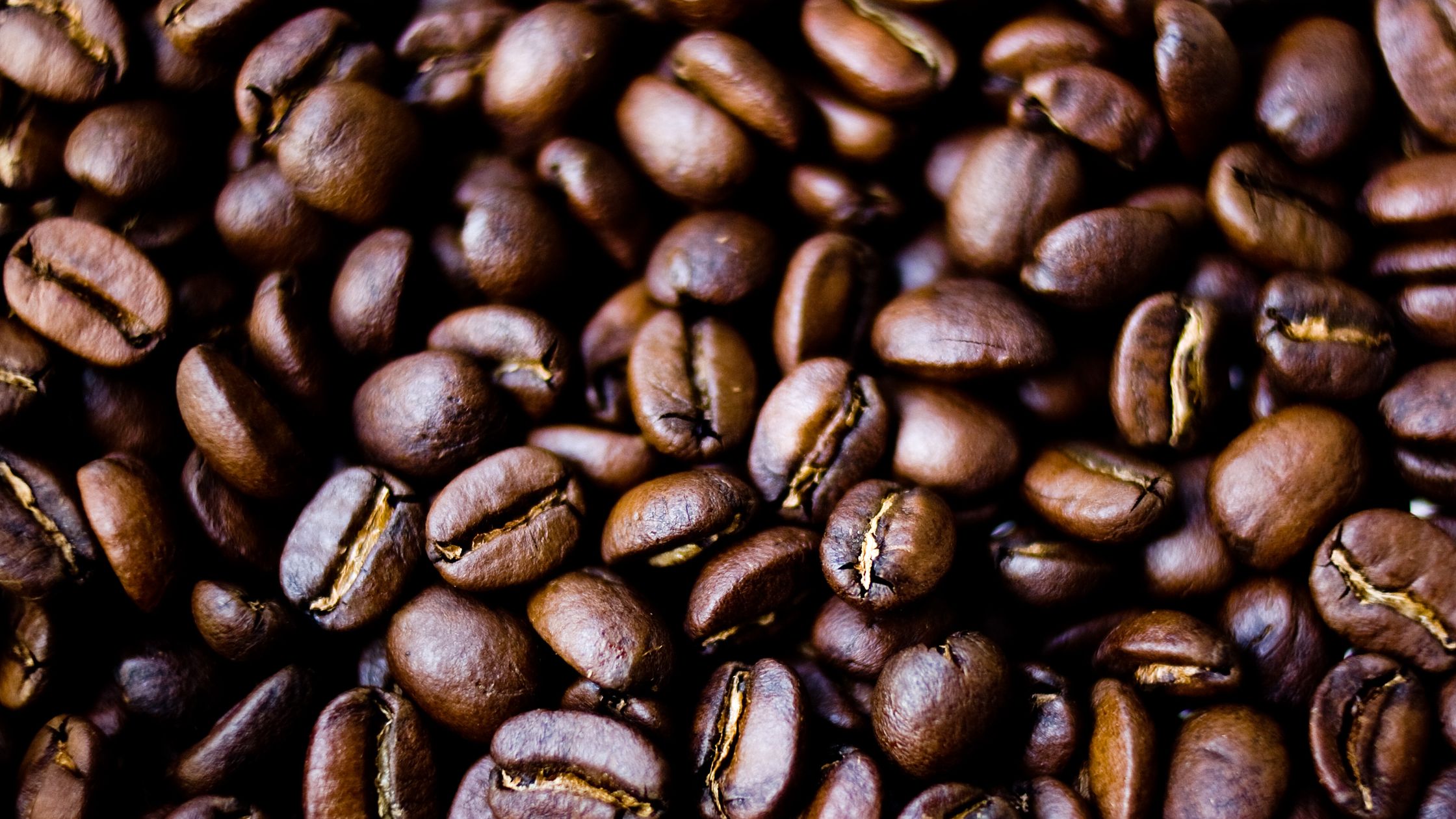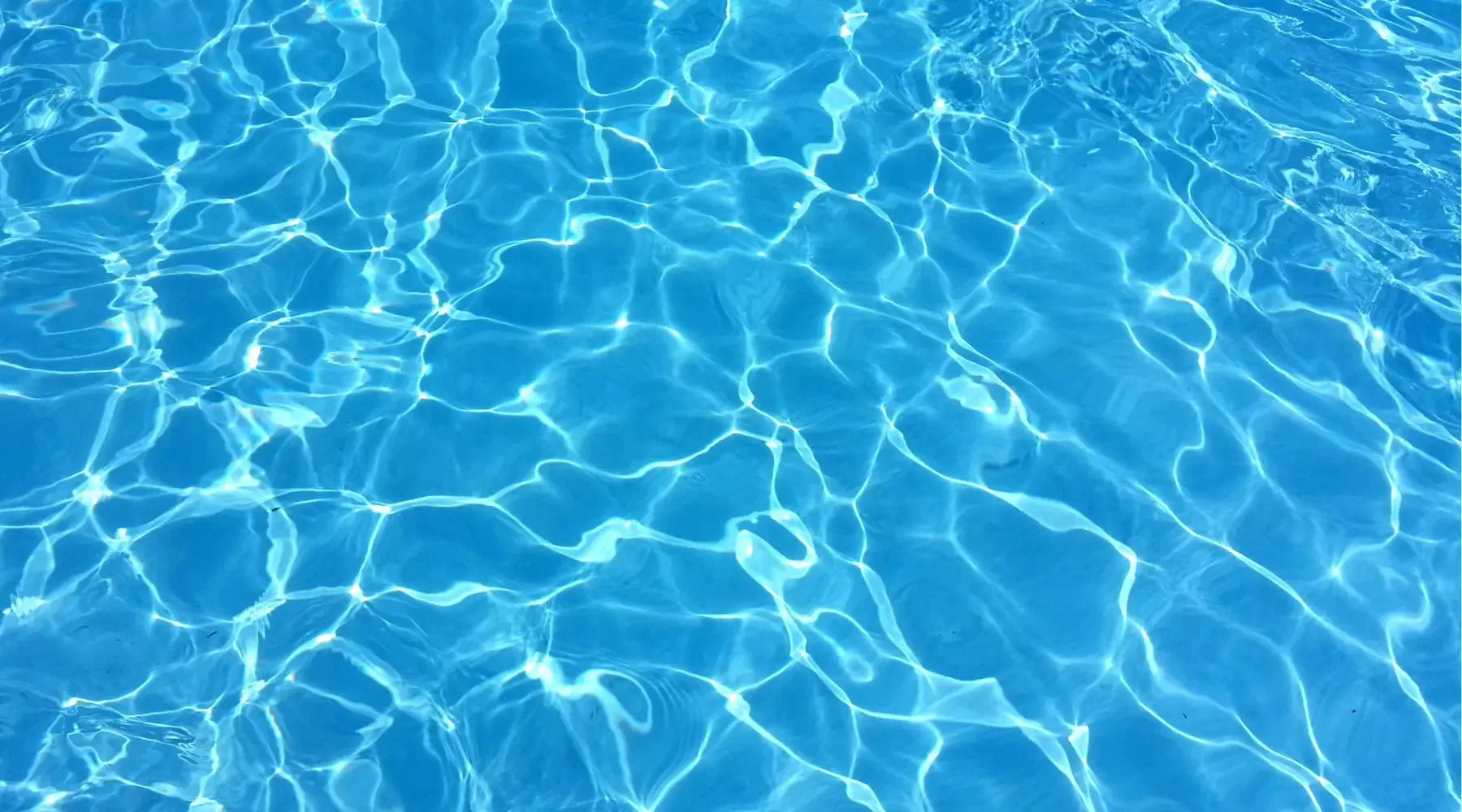- Beans: “Peruvian” from Lost Dog Coffee (Shepherdstown, WV)
- Roast level: Medium/Medium Light
- Origin: Peru (Chanchamayo)
- Grade: Screen 18/19
- Tasting notes from bag: Huge body, intense aroma, caramel & smoky wood burnt sugar
- Purchase date: 9/14/2024
- V60:
- 21g coffee / 300g water
- Ode:
51+2 - Water at 99°C
- Recipe: Single Cup V60 Pourover
I hadn’t been to Lost Dog since May of last year, when I was just getting started with this new hobby. This place has a great selection of coffee beans, all sold by the pound, and my only complaint is that they don’t put the roast dates on the bags. Since they’re a small batch operation, though, I’m just kind of giving them the benefit of the doubt that the bags they have for sale in their store are pretty fresh. Unlike last time, I only bought 1 bag, as nowadays, I only like to buy what I know I can brew and drink in a month or less (plus, it’s highly likely that I’ll end up going back within the next several weeks).
The beans looked lightly roasted (as advertised) so I brewed them exactly the same as I brewed my last bag, which was also a light roast. The first two cups have been pretty good. Not sure if I’ll try tweaking anything going forward, but I don’t necessarily need to. Will add notes here as I use up more of the bag.
9/25: After several weak/watery/acid-y cups, I have figured out that these beans like a very fine grind. I kept nudging it finer and finer, until I finally got what I consider to be an excellent cup this afternoon, at grind setting 1+2 (or 1.67) on the Ode, which is just two clicks past the finest setting. I used 21.5 grams of beans or so, poured maybe 50g water to bloom (vs 60), and made sure to slosh it over all of the grounds. I finished pouring right around 2:00, and it took until 3:15-3:20 to fully draw down, which is a lot slower than I’m used to, but apparently the ticket for getting good extraction. No hint of bitterness at all, unlike some other beans where I’ve struggled to find the sweet spot between weak/sour and bitter/over-extracted as I’ve adjusted the grind.
9/29: I had 15.5 grams of beans left at home. I bumped the Ode to setting 1+1 (just 1 click past finest setting) and brewed with 248g water (1:16) and ceramic size 1 V60, preheated with insta-hot water. I used about 40g bloom water and otherwise followed the recipe linked above. The draw-down finished at 2:45, which is 30 seconds faster than my larger cups in the size 2. This produced an excellent cup. It was very well balanced and lacked the acidic aftertaste that my stronger cups have had. I have 21-22g of beans left at the office, and once they’re gone, I guess it’ll be time for another trip to Shepherdstown.

